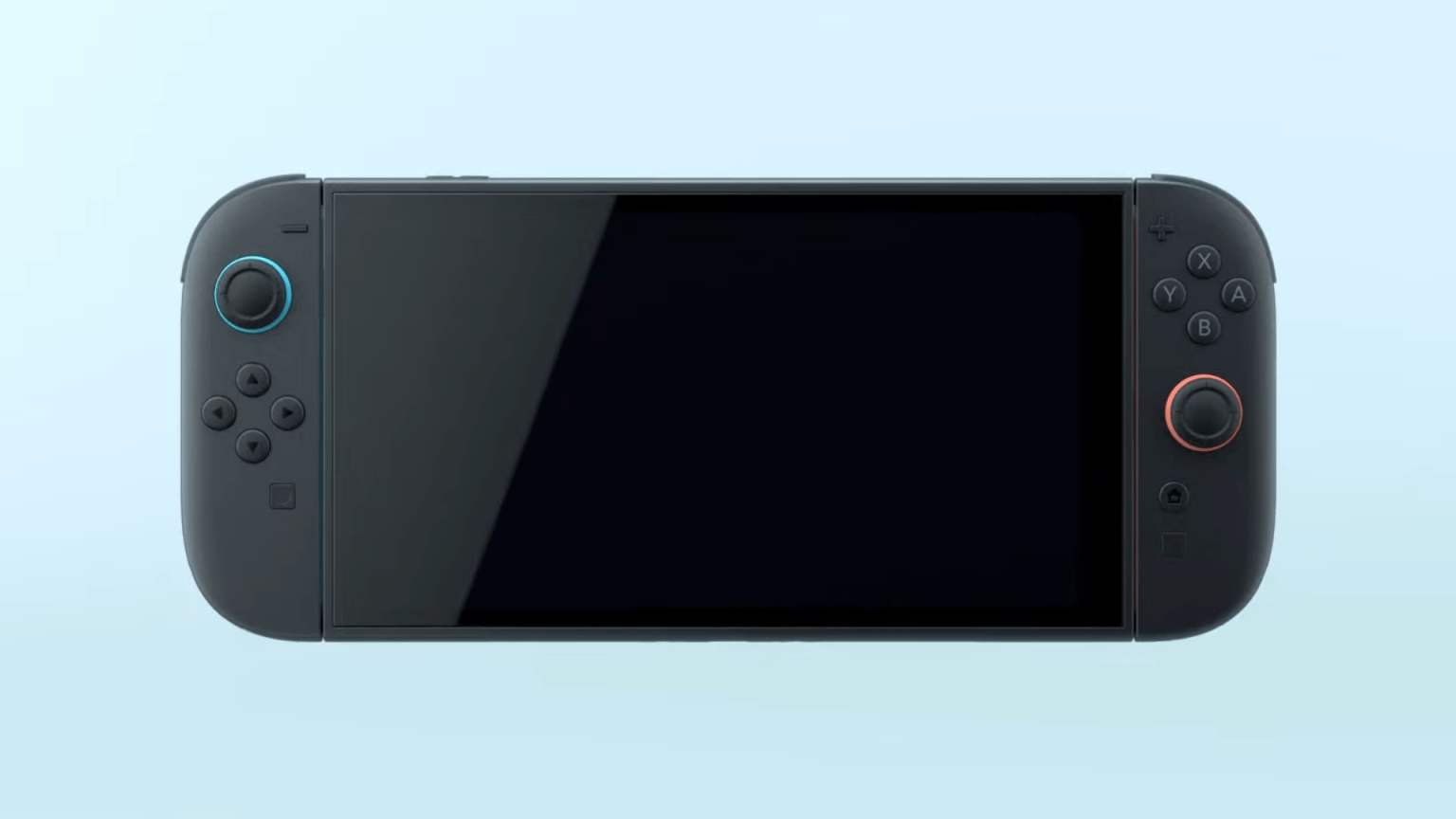The long-anticipated successor to the Nintendo Switch, colloquially dubbed the Switch 2, has finally emerged from the shadows. After months of calculated teases and strategic silence, Nintendo president Shuntaro Furukawa unveiled the next generation console in a teaser trailer, confirming its official existence and offering a tantalizing glimpse into its features. The reveal, which arrived just before the close of Nintendo’s fiscal year, puts an end to the speculation that had been swirling since Furukawa initially acknowledged the console’s development in May 2024. The sleek, black design punctuated with signature red and blue accents immediately sets it apart from its predecessor, while the updated Joy-Con controllers hint at enhanced gameplay experiences. The trailer’s brief showcase of a new Mario Kart title with redesigned character models strongly suggests a launch day release for the popular racing franchise, further fueling anticipation among fans. Nintendo’s carefully orchestrated reveal has effectively ignited excitement for the next chapter in its gaming legacy.
The official unveiling of the Switch 2 marked a pivotal moment for Nintendo, culminating a carefully executed marketing campaign that skillfully built anticipation. Furukawa’s initial announcement in May 2024, delivered via a series of tweets, confirmed the console’s development and promised a subsequent reveal before the end of the fiscal year. While the company remained tight-lipped about specific details, the strategic decision to confirm backwards compatibility with the existing Switch library, including Switch Online titles, was a significant move to reassure current users and encourage migration to the new platform. This commitment to backwards compatibility not only preserves players’ existing game libraries but also leverages the vast and popular Switch ecosystem, ensuring a smooth transition and a readily available catalog of titles for the Switch 2 upon launch. The calculated release of information, combined with the strategic silence surrounding specific features, effectively amplified the impact of the eventual reveal.
The teaser trailer, strategically released to maximize its impact, offered more than just a glimpse of the console’s aesthetics. It showcased key features, including updated Joy-Con controllers with magnetic connectors and what appears to be an optical sensor, hinting at refined motion controls and potentially new gameplay mechanics. The confirmation of a slightly larger screen addresses a common request from Switch users, promising a more immersive gaming experience. Perhaps most significantly, the trailer confirmed compatibility with most physical Switch games, reinforcing Nintendo’s commitment to backwards compatibility and offering a valuable incentive for existing Switch owners to upgrade. This strategic decision not only leverages the extensive Switch game library but also provides a familiar and readily available catalog of titles for new Switch 2 owners.
Beyond the hardware itself, the teaser trailer offered a glimpse into the future of Nintendo’s software offerings. The inclusion of footage from a new Mario Kart game, featuring redesigned character models and potentially new tracks and gameplay mechanics, strongly suggests a launch title for the beloved franchise. This strategic move not only provides a familiar and highly anticipated title to drive early adoption of the Switch 2 but also showcases the console’s capabilities and promises an enhanced gaming experience. The confirmation of a dedicated Nintendo Direct presentation, scheduled for April 2, 2025, further fueled excitement. This event promises a deeper dive into the Switch 2’s specifications, price point, and release date, providing crucial information for prospective buyers and solidifying Nintendo’s marketing strategy.
Adding another layer to the meticulously planned rollout of the Switch 2, Nintendo announced hands-on experiences for fans in London from April 11th to 13th. This opportunity allows potential customers to interact directly with the new console and experience its features firsthand, generating valuable buzz and word-of-mouth marketing. These hands-on events offer a crucial touchpoint for consumers, allowing them to form their own impressions of the console and solidify their purchase decisions. The combination of a detailed online presentation and tangible in-person experiences creates a comprehensive and engaging marketing approach, maximizing reach and impact.
The anticipation surrounding the Switch 2 was further fueled by announcements from third-party developers. Confirmations of upcoming releases for unannounced Nintendo hardware, including the Yooka-Laylee remake “Yooka Replaylee” and the My Time At Portia sequel “My Time at Evershine,” strongly hinted at their development for the Switch 2. These announcements, while not explicitly mentioning the Switch 2 by name, served to build anticipation and expand the perceived software library for the upcoming console. The involvement of third-party developers not only diversifies the game offerings but also signals confidence in the Switch 2’s potential success, further contributing to the growing excitement surrounding its launch. Nintendo’s meticulous rollout strategy, combined with the support of third-party developers, positions the Switch 2 for a highly anticipated release and sets the stage for another successful chapter in Nintendo’s gaming legacy.


